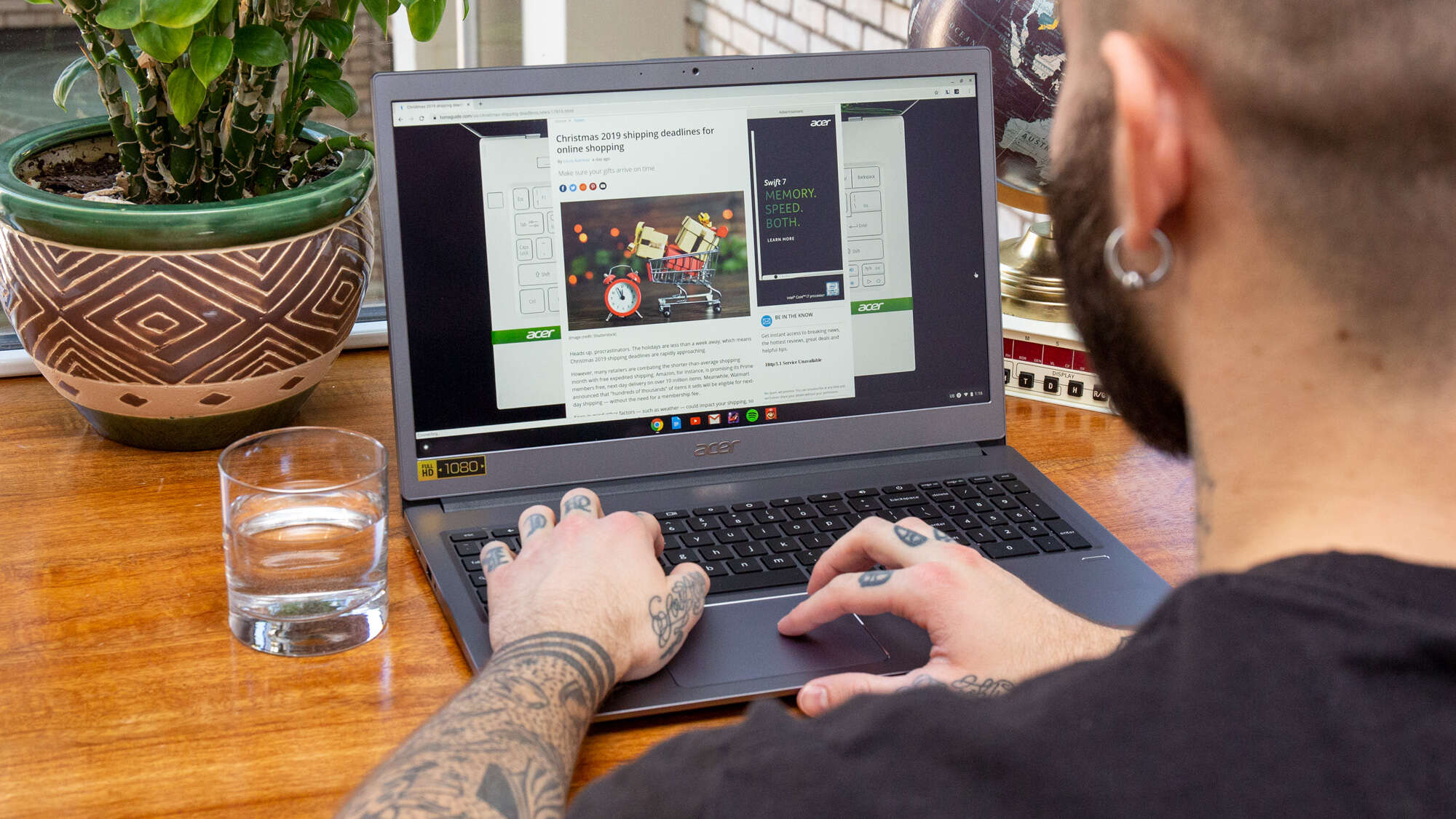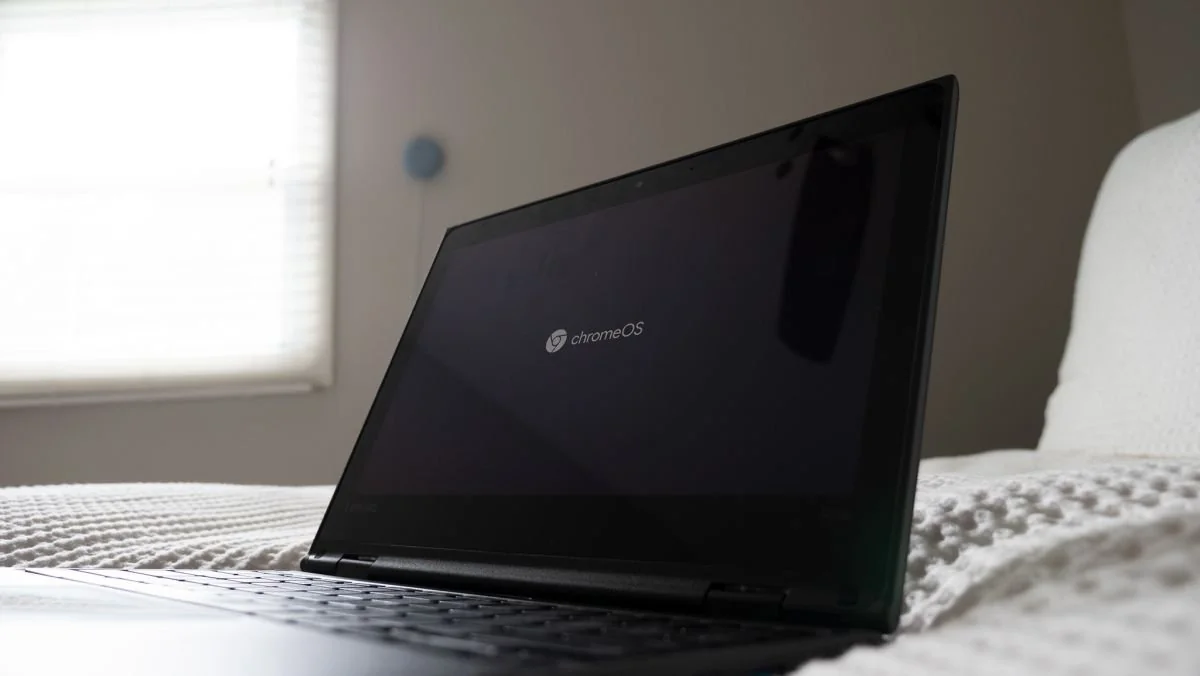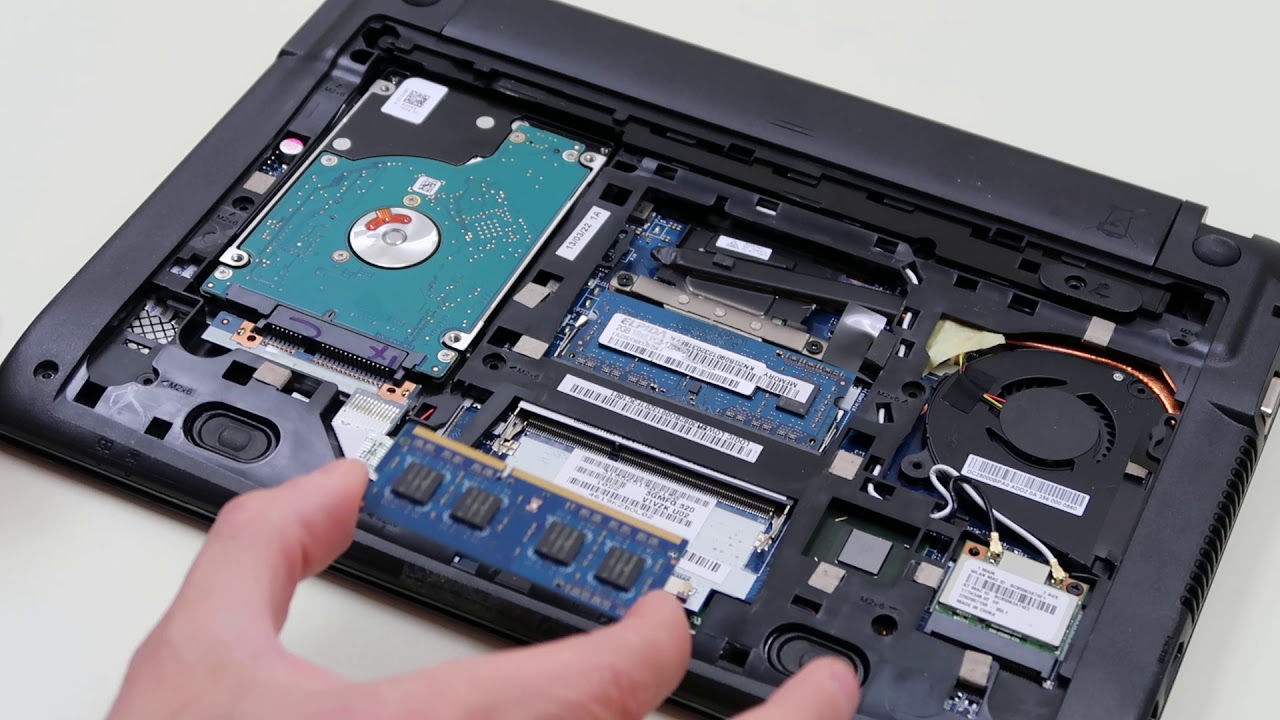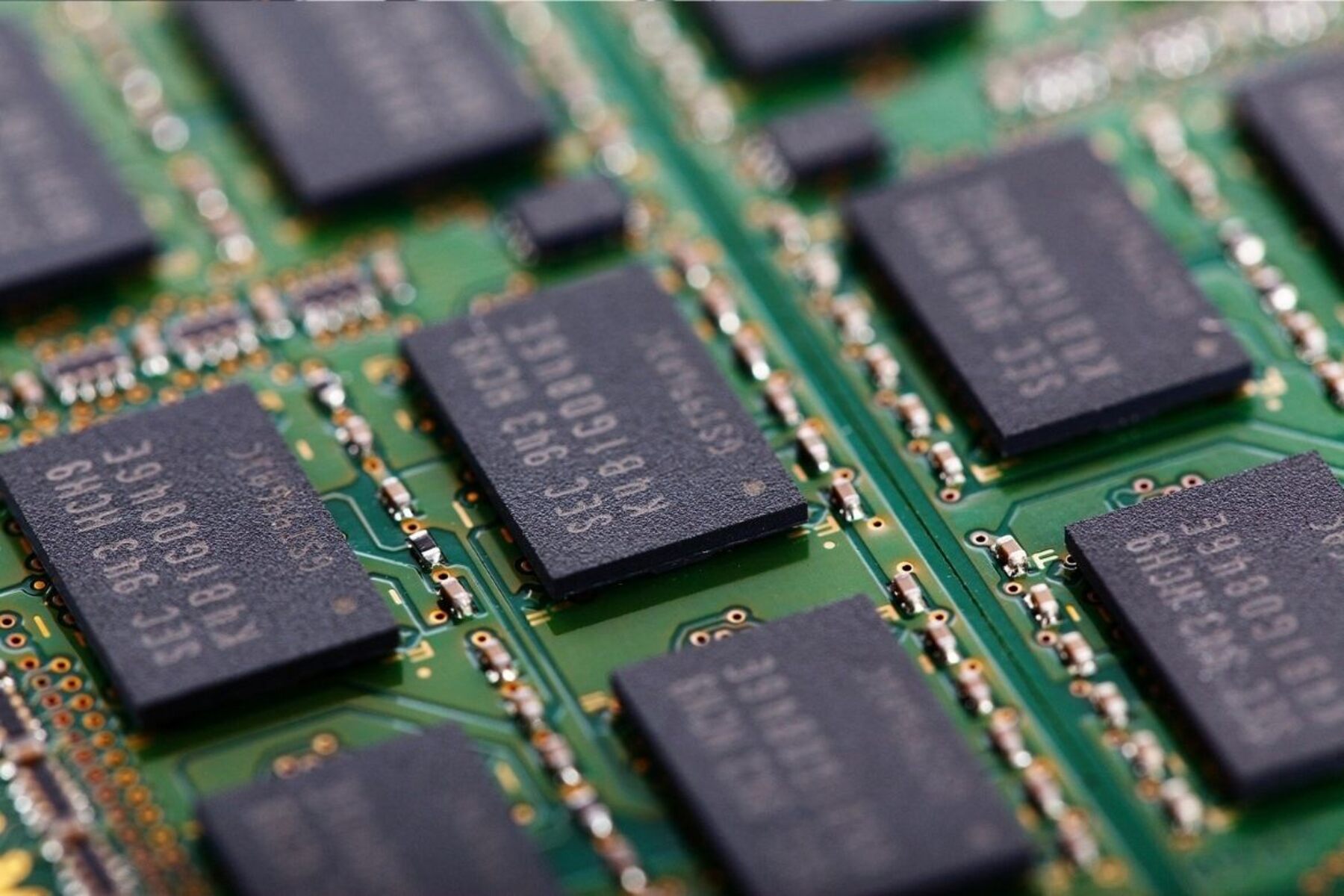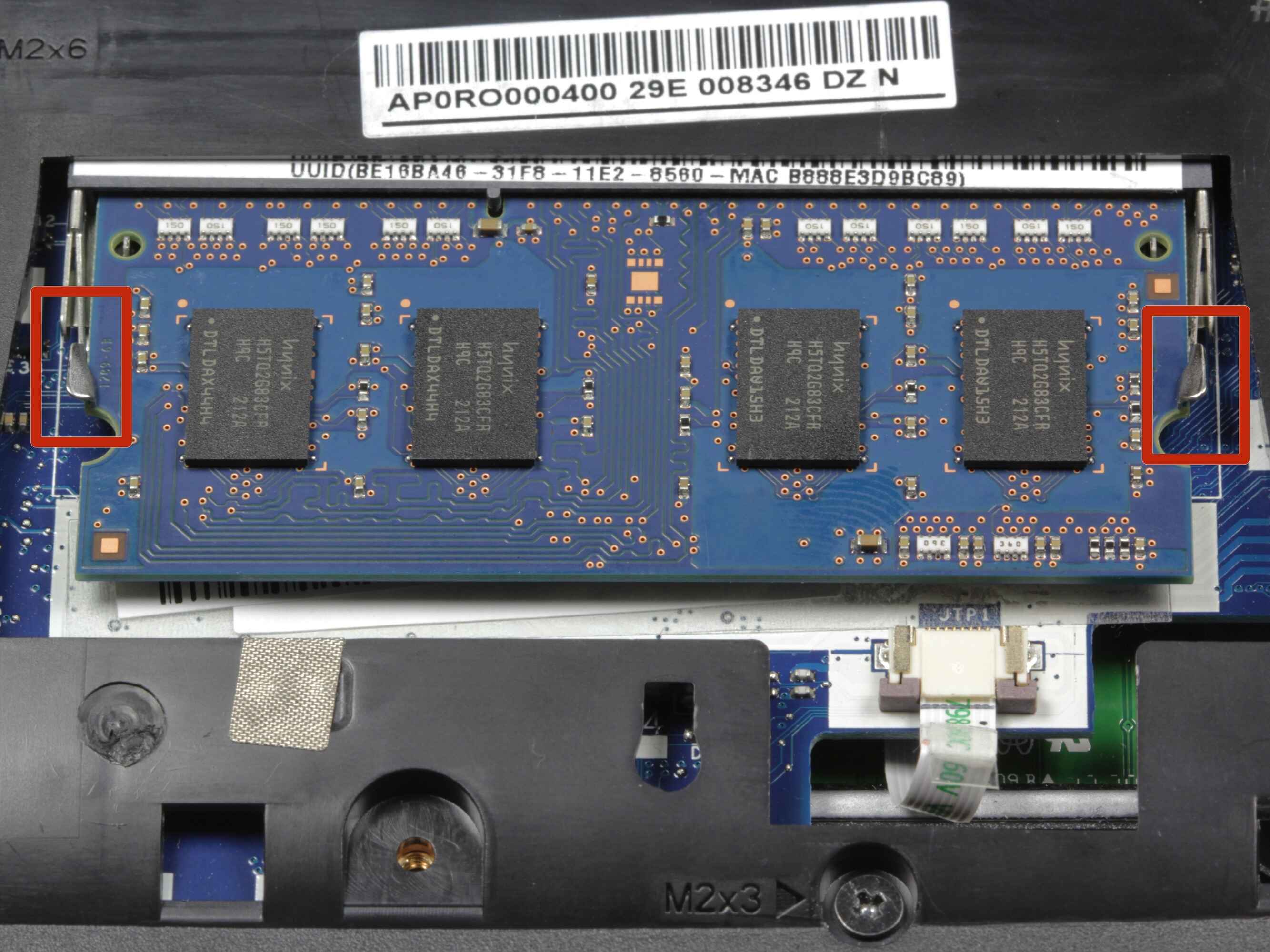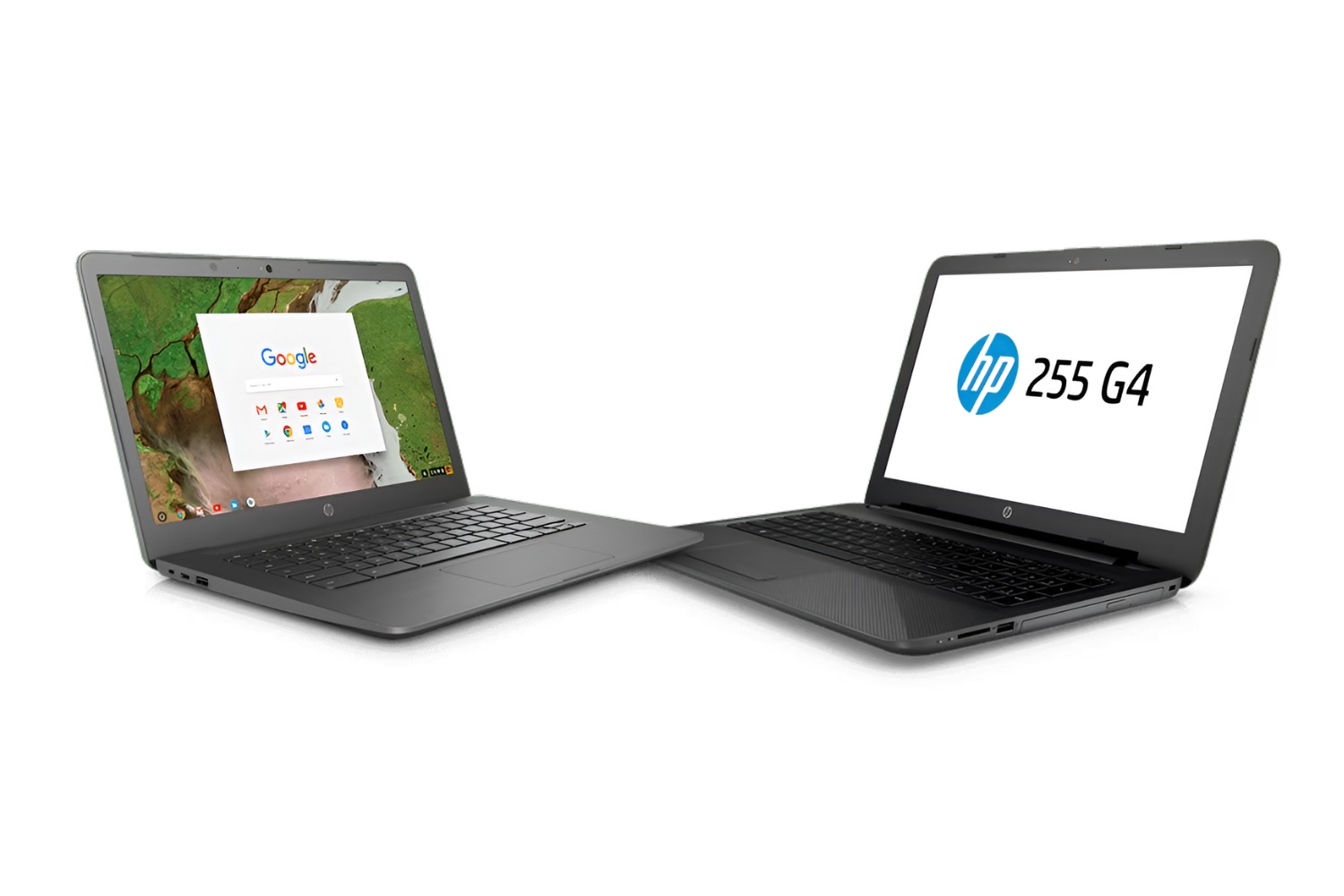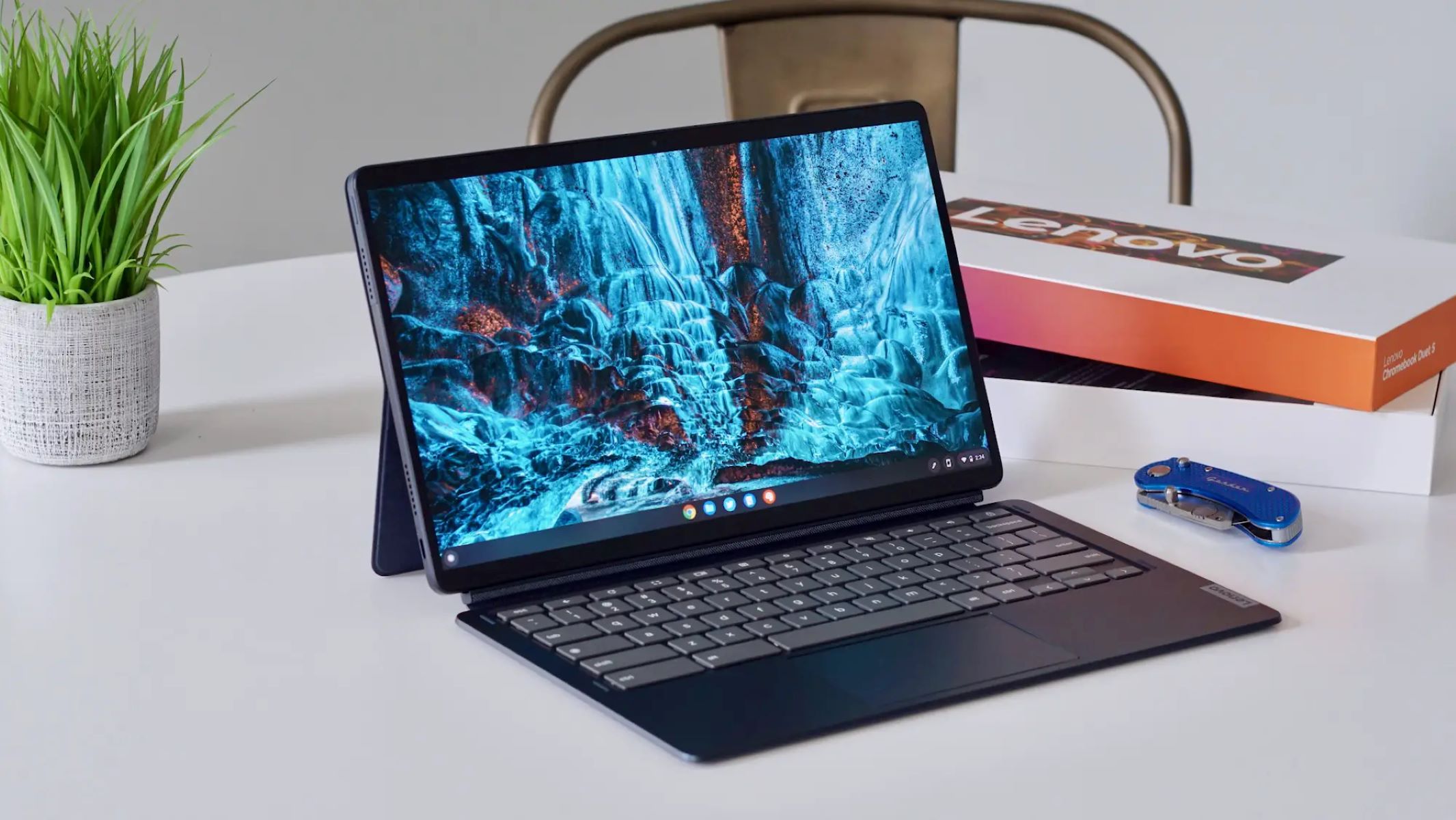Introduction
Welcome to the world of Chromebooks, where simplicity meets efficiency. Chromebooks have gained popularity for their fast startup times and seamless integration with Google services. However, over time, you may notice a decrease in performance and speed. Don’t worry, though, as there are several methods you can use to make your Chromebook faster and optimize its performance.
In this article, we will explore some practical tips and tricks to help you enhance your Chromebook’s speed and efficiency. Whether you use your Chromebook for work, school, or leisure, implementing these strategies will enable you to maximize your productivity and enjoy a smooth browsing experience.
To make your Chromebook faster, we will cover various areas, including clearing cache and browsing history, removing unnecessary extensions and apps, managing startup apps, adjusting power settings, and more. By following these steps, you can optimize your Chromebook’s performance and enjoy faster browsing speeds.
Before we proceed, it is essential to note that the steps mentioned here are valid for most Chromebooks. However, the user interface and options may vary slightly, depending on the Chrome OS version you are using. Let’s dive into the details and get your Chromebook back to its speedy self!
Clear Cache and Browsing History
Your Chromebook’s cache and browsing history can accumulate over time, taking up valuable space and potentially slowing down your device. Clearing these unnecessary files can significantly improve your Chromebook’s performance. Here’s how you can do it:
- Open the Chrome browser by clicking on the Chrome icon located on your Chromebook’s taskbar.
- Click on the three vertical dots at the top right corner of the browser window to open the Chrome menu.
- Select “More tools” from the drop-down menu, and then click on “Clear browsing data.”
- In the pop-up window, select the time range you want to clear, such as the past hour, past day, or all time. It is recommended to clear data for the past few weeks or months if you want to free up significant space.
- Tick the checkboxes next to “Browsing history,” “Cached images and files,” and any other data you want to clear.
- Click on the “Clear data” button to remove the selected items from your Chromebook’s cache and browsing history.
After clearing the cache and browsing history, you will notice an improvement in your Chromebook’s speed. It’s a good idea to perform this action periodically to keep your device running smoothly.
Additionally, you can enable automatic cache and browsing data clearance on exit to ensure your Chromebook remains optimized. To do this:
- Go to the Chrome menu by clicking on the three vertical dots in the top right corner of the browser window.
- Select “Settings” from the drop-down menu.
- Scroll down to the “Privacy and security” section and click on “Clear browsing data.”
- Toggle on the “Browsing history” and “Cached images and files” options under the “Basic” tab.
- Exit the Settings menu.
With automatic data clearance enabled, your Chromebook will automatically remove the selected items every time you close the Chrome browser, keeping your device’s storage space optimized and contributing to its overall speed and performance.
Remove Unnecessary Extensions and Apps
Extensions and apps can enhance your browsing experience on a Chromebook. However, having too many unnecessary or unused ones can slow down your device. Removing these extensions and apps that you no longer need or use can help improve your Chromebook’s speed. Here’s how you can do it:
- Open the Chrome browser and click on the three vertical dots at the top right corner to open the Chrome menu.
- Select “More tools” from the drop-down menu and then click on “Extensions.”
- A list of installed extensions will appear. Review the extensions and identify the ones you want to remove.
- Click on the remove icon (usually a trash bin) next to the extension you want to delete.
- A confirmation dialog box will appear. Click on “Remove” to uninstall the extension.
By removing unnecessary extensions, you can declutter your Chromebook and improve its performance.
Similarly, removing unwanted apps from your Chromebook can also contribute to its speed. Follow these steps to remove apps:
- Click on the Launcher icon located in the bottom left corner of your Chromebook’s screen.
- Locate the app you want to remove by scrolling through the app grid.
- Right-click on the app icon and select “Uninstall” from the context menu.
- A confirmation dialog box will appear. Click on “Remove” to uninstall the app.
If you have installed Android apps on your Chromebook, you can also remove them by following the same process as uninstalling regular apps.
By removing unnecessary extensions and apps, you can free up valuable system resources and improve your Chromebook’s performance. Remember to regularly review and uninstall any unused or unwanted extensions and apps to keep your device running smoothly.
Disable Unused Chrome Flags
Chrome flags are experimental features in the Chrome browser that can impact performance. While they can offer advanced functionality, enabling too many flags or using unsupported ones may slow down your Chromebook. Disabling unnecessary flags can help optimize your device’s performance. Here’s how you can do it:
- Open the Chrome browser and type
chrome://flagsin the address bar. - Press Enter to access the Chrome flags page.
- Scroll through the flags and assess the ones you are currently using or planning to use.
- For flags you no longer need, click on the drop-down menu next to them and select “Disabled.”
- Once you have disabled the desired flags, click on the “Relaunch” button at the bottom of the page to apply the changes.
It is important to exercise caution when modifying Chrome flags, as changing certain settings may have unintended consequences. Stick to disabling flags that you do not actively use or have known compatibility issues.
Disabling unnecessary Chrome flags can help improve your Chromebook’s performance by reducing the amount of system resources allocated to experimental features. Regularly revisiting the Chrome flags page and disabling unused flags can enhance your browsing experience and overall device speed.
Update Chrome OS
Keeping your Chromebook’s operating system up to date is crucial for ensuring optimal performance and security. Chrome OS updates not only introduce new features but also include bug fixes and performance optimizations. Here’s how you can update your Chrome OS:
- Click on the system tray in the bottom right corner of your Chromebook’s screen.
- Click on the gear-shaped icon to open the settings menu.
- In the left sidebar, select “About Chrome OS.”
- Click on the “Check for updates” button. If a new update is available, it will start downloading automatically.
- Once the download is complete, click on the “Restart” button to install the update.
It is recommended to keep your Chromebook connected to a stable internet connection during the update process. Updates may take some time depending on the size of the update and your internet speed.
Regularly updating your Chrome OS ensures that you have the latest performance enhancements and security patches. It also resolves any known issues or bugs that may impact your device’s speed and overall functionality.
By keeping your Chromebook up to date, you can take advantage of the latest optimizations and improvements, ensuring that your device runs at its best.
Manage Startup Apps
When you start up your Chromebook, certain apps automatically launch in the background, which can slow down the startup process and consume system resources. Managing startup apps by disabling unnecessary ones can help improve your Chromebook’s speed. Here’s how you can do it:
- Click on the system tray in the bottom right corner of your Chromebook’s screen.
- Click on the gear-shaped icon to open the settings menu.
- In the left sidebar, select “Apps” and then click on “Startup.”
- You will see a list of apps with toggle switches next to them.
- Review the list and identify the apps you want to prevent from launching at startup.
- To disable an app from starting up automatically, toggle off the switch next to it.
Disabling unnecessary startup apps not only improves the overall startup time of your Chromebook but also frees up system resources, resulting in a faster and smoother experience.
It’s important to note that not all apps listed under startup apps can be toggled off. Some apps may be critical for the proper functioning of your Chromebook. Exercise caution and only disable apps that you are certain are unnecessary for your daily usage.
By managing startup apps, you can optimize your Chromebook’s performance, reduce unnecessary resource usage, and enjoy faster boot times.
Adjust Power Settings
The power settings on your Chromebook can have a direct impact on its performance and battery life. By adjusting these settings, you can strike a balance between performance and energy efficiency. Here are some power settings you can tweak to optimize your Chromebook:
- Click on the system tray in the bottom right corner of your Chromebook’s screen.
- Click on the battery icon to open the power menu.
- You will see three power modes: “Battery Saver,” “Better battery,” and “Best performance.”
- If you want to prioritize battery life over performance, select “Battery Saver.”
- If you want a balanced approach, choose “Better battery.”
- If you want maximum performance, select “Best performance.”
Choosing a power mode that suits your needs can help optimize your Chromebook’s performance and extend its battery life.
Additionally, you can further customize power settings by clicking on the “Power settings” option at the bottom of the power menu. From there, you can adjust the screen timeout, sleep settings, and other power-related options.
Reducing the screen brightness when you are in a well-lit environment or dimming the keyboard backlight (if your Chromebook has one) can also conserve power and optimize performance.
By adjusting the power settings on your Chromebook, you can achieve a balance between performance and battery life based on your usage requirements. Experiment with different power modes and settings to find the optimal configuration for your needs.
Enable ‘Prefetch Resources’ Option
The ‘Prefetch resources’ option in Chrome can enhance your browsing experience by preloading web pages and resources in the background. Enabling this option can help reduce page load times and improve overall browsing speed on your Chromebook. Here’s how you can enable the ‘Prefetch resources’ option:
- Open the Chrome browser and type
chrome://settings/privacyin the address bar. - Press Enter to access the privacy settings.
- Scroll down to the ‘Privacy and security’ section and click on ‘Cookies and other site data.’
- Ensure that the ‘Allow sites to save and read cookie data’ option is enabled.
- Scroll further down to the ‘Privacy and security’ section and click on ‘Site settings.’
- Under the ‘Permissions’ section, click on ‘Additional permissions.’
- Find the ‘Prefetch resources to load pages more quickly’ option and toggle it on.
By enabling the ‘Prefetch resources’ option, your Chromebook will proactively download certain resources, such as images and scripts, in the background. This allows web pages to load more quickly when you visit them, resulting in a smoother and faster browsing experience.
It’s important to note that enabling this option may consume additional internet bandwidth. If you have a limited data plan or a slow internet connection, you may choose to disable this option.
By taking advantage of the ‘Prefetch resources’ option, you can optimize your Chromebook’s browsing speed and enjoy faster loading times for web pages.
Use Lightweight Apps and Web Versions
Chromebooks are designed to be lightweight and efficient, and using lightweight apps and web versions can further optimize their performance. By opting for apps and web versions that are specifically designed to consume fewer system resources, you can experience faster speeds and smoother operation on your Chromebook. Here are some tips for using lightweight apps and web versions:
- Use Progressive Web Apps (PWAs): PWAs are web applications that are designed to look and function like native apps. They offer a streamlined experience without requiring excessive system resources. To install PWAs, open a website in the Chrome browser, click on the three vertical dots in the top right corner, and select ‘Install [website name].’ The PWA will be added to your app launcher for quick access.
- Opt for web versions: Instead of using resource-intensive desktop apps, consider using the web versions of the same services. Many popular applications, such as Google Docs, Microsoft Office Online, and Spotify, offer robust web versions that provide similar functionality without the heavy system requirements.
- Explore lightweight alternatives: For certain tasks, there might be lightweight alternatives available. For instance, instead of using a heavy-duty video editor, you can try lightweight video editing tools like WeVideo or Kapwing. These alternatives focus on simplicity and efficiency, making them ideal for Chromebooks.
- Manage app permissions: Some apps may request permissions that consume more resources. Review the permissions and consider whether they are necessary. Limiting unnecessary permissions can help improve both performance and security.
- Check Chrome Web Store: The Chrome Web Store offers a variety of extensions and apps optimized for Chrome OS. Look for apps specifically designed for Chromebooks or those that advertise being lightweight and efficient.
By consciously opting for lightweight apps and web versions, you can maximize your Chromebook’s performance, extend battery life, and enjoy a smoother user experience. Remember to regularly assess your app usage and uninstall any unnecessary or resource-intensive applications to keep your Chromebook running optimally.
Reset Chromebook to Factory Settings
If you have tried all the previous methods and your Chromebook is still experiencing performance issues, resetting it to factory settings can be a viable solution. Resetting your Chromebook will erase all the data on the device and return it to its original state. Here’s how you can reset your Chromebook:
- Click on the system tray in the bottom right corner of your Chromebook’s screen.
- Click on the gear-shaped icon to open the settings menu.
- In the left sidebar, select “Advanced” and click on “Reset settings.”
- Under the “Reset settings” section, click on the “Powerwash” button.
- A pop-up window will appear, asking for confirmation. Click on the “Restart” button to initiate the reset process.
- Follow the on-screen instructions to complete the reset. Your Chromebook will restart and go through the initial setup process as if it were brand new.
Before performing a factory reset, make sure to back up any important files or data as they will be permanently deleted during the process.
Resetting your Chromebook to factory settings can help resolve any software-related issues and restore its performance to the original state. It removes any potential conflicts, corrupted files, or unwanted settings that may have been hindering the device’s performance.
Remember to reinstall any necessary apps and extensions after the factory reset. Take this opportunity to be selective and reinstall only the software you truly need to keep your Chromebook clutter-free and running smoothly.
Factory resetting your Chromebook is a drastic step but can be highly effective in refreshing your device’s performance. It should be considered as a last resort when all other optimizations have failed to alleviate performance issues.
Conclusion
In conclusion, by implementing the strategies outlined in this article, you can significantly improve the speed and performance of your Chromebook. Clearing cache and browsing history, removing unnecessary extensions and apps, disabling unused Chrome flags, updating the Chrome OS, managing startup apps, adjusting power settings, enabling the ‘Prefetch resources’ option, using lightweight apps and web versions, and resetting your Chromebook to factory settings are all effective methods to optimize your device’s performance.
While these steps may vary slightly based on the specific Chromebook model and Chrome OS version, the underlying principles remain the same. It’s essential to find the right balance between performance and functionality, keeping in mind your specific needs and usage patterns.
Remember to periodically review and maintain your Chromebook’s performance by performing the recommended optimizations. By regularly clearing cache, removing unused apps and extensions, and staying up to date with software updates, you can ensure that your Chromebook continues to deliver a smooth and efficient user experience.
Lastly, it’s crucial to practice good digital hygiene and only install trusted apps and extensions. Be mindful of the resources apps consume and adjust power settings accordingly to preserve battery life and optimize overall performance. By being selective in your choices and actively managing your Chromebook’s performance, you can enjoy faster speeds, enhanced productivity, and a seamless browsing experience.







